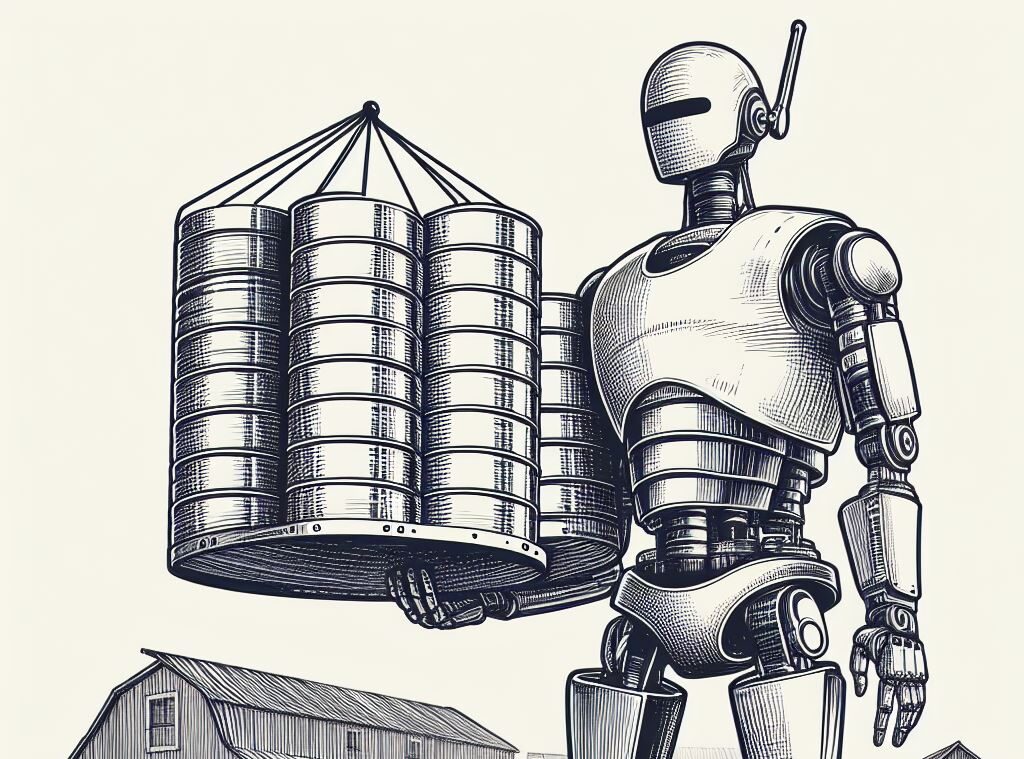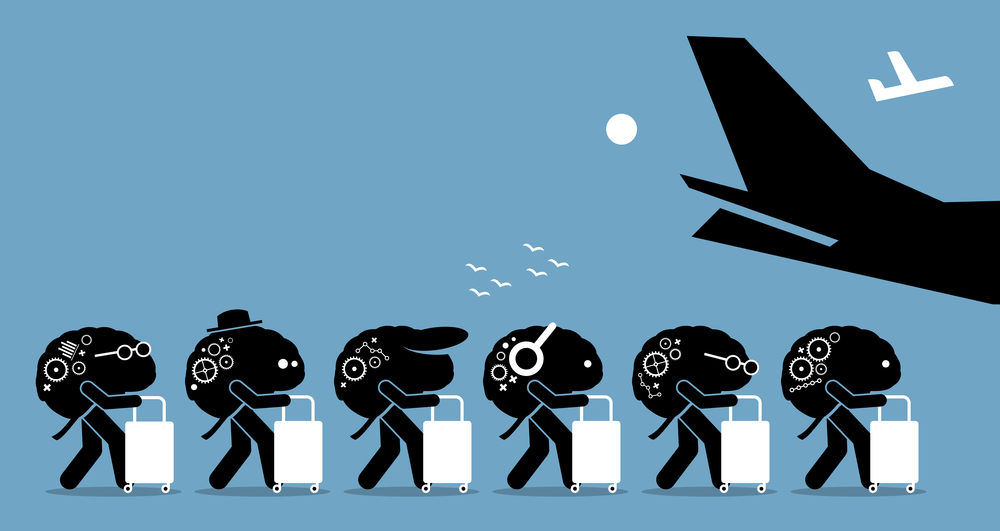
The digital transformation that many companies experienced in 2020 continued throughout 2021 at frenetic pace as the pandemic continued its influence on the world. Will we continue to see headlines about customer experience and data or will other technologies and topics make their way to the top of our conversations?
We’ve certainly witnessed a rapid adoption of innovation and digital transformation. The market suggests spending on digital transformation is expected to reach dizzying heights in 2022.
What can we expect in 2022? Only time will tell.
Digital Transformation Trends To Keep An Eye On In 2022
Environmental Social Governance Will Become More Prevalent
Carbon emissions. Air and water pollution. Deforestation. Green energy initiatives. Waste management. Water usage. And more. Across 2021 we witnessed a variety of businesses across most industries embracing environmental social governance (ESG), and we believe this focus will grow over the coming years. We’ve seen investments and commitments for the climate, diversity and equity, and sustainable product development. There’s been growing leadership from the tech community prioritising climate change and moving toward carbon neutrality. Many companies have made genuine efforts around material sourcing and usage, their carbon footprint, and green focused projects. It’s reasonable to expect these initiatives to grow.
Continued Focus on the Power of AI
It’s no secret we create vast sums of data on a daily basis. And the growth of this data is exponential. That data however useless unless we manage it, regulate it, and critically analyse it for meaningful and actionable insights. 2021 was a transformative year for many companies leading the way with use cases for AI helping us to solve problems better, faster, and at scale.
AI will become more ubiquitous in the everyday lives of workers and consumers and it will also continue to be more useful as we turn the corner from applied analytics and natural language processing to multi-turn conversational AI and deep inference that turns our interactions with applications and devices into more robust and human-like with each and every software update.
The enterprise applications for AI will become even more robust with time.
Semiconductor Explosion
In 2020 we experienced shortages of monitors, home office furniture, laptops and PC’s. In 2021 we started experiencing computer chip shortages as manufacturers struggled to maintain production to meet demand.
With it looking only more likely as time goes on that the big increase in tech is here to stay, the number of computer chips being produced will keep on rising. At this stage it’s hard to predict if we will end up with an over-supply or if demand will remain so high. All hints at this stage point to high demand being maintained.
Blockchain Technology
Most people think of Blockchain for its use in cryptocurrency mining, however it’s also starting to gain meaningful traction in other areas as people realise it’s uses and advantages.
Blockchain stores its data in blocks, with a set capacity. When each block is filled, a new block is added and linked to the previous, hence the chain. Blockchains are decentralised, meaning no single individual has control over the data in it, making it ideal for cases where all users retaining control is crucial such as healthcare where multiple parties need equal access. Because of this shared ownership, blockchains are also safer from hacking than standard databases.
5G and IoT
5G technology includes multi-peak data speeds, low latency, improved user experience, better connectivity and availability, and improved network bandwidth. So, combine this with edge computing and innovation is sure to follow. IoT will benefit from this tech enormously, as will logistics & reliable tracking of shipped goods.
Zero Trust Security
In 2020, at the start of the pandemic, the world rushed to support remote workforce’s. This meant many businesses were literally blowing dust off old VPN appliances from the back of closets, doing whatever it took to provide a working solution fast.
Those organisations have now had a chance to catch their breath and network and security teams are looking to the future for new approaches such as Secure Access Service Edge (SASE) to deliver uniform visibility and control across the web, cloud, and private apps.
At the same time, we’ve all seen a surge in cyberattacks, especially on those exposed environments that were stood up fast to meet urgent requirements. This is driving the move toward the Zero Trust security model. Despite many countries initiating return to office/return to work mandates, expect to see zero trust security become proiminent feature.
Software 2.0
Software 1.0 (or software as we know it today) comprises the usual languages we use on a regular basis. The developer/programmer writes explicit instructions to the computer; instructions that tell the computer how to behave. In contrast, Software 2.0 can be written in much more abstract, human-unfriendly language.
Software 2.0 is still very very early, however we can expect to see much more of this exciting development in 2022 and beyond.
Data Fabric
Data fabric is an end-to-end data integration and management solution, consisting of architecture, data management and integration software, and shared data that helps organisations manage their data. A data fabric provides a unified, consistent user experience and access to data for any member of an organisation worldwide and in real-time.
Data fabric is designed to help organisations solve complex data problems and use cases by managing their data—regardless of the various kinds of applications, platforms, and locations where the data is stored. Data fabric enables frictionless access and data sharing in a distributed data environment.
Hyperautomation
Hyperautomation is the extension of legacy business process automation beyond the confines of individual processes. By marrying AI tools with Robotic Process Automation (RPA), hyperautomation enables automation for virtually any repetitive task executed by business users.
With a range of tools like Robotic Process Automation (RPA), machine learning (ML), and artificial intelligence (AI), working in harmony to automate complex business processes—including where subject matter experts were once required—hyperautomation is a means for real digital transformation.
Hyperautomation provides a high-speed route to engaging everyone in transforming the business, supported by automating more and more complex work that relies on knowledge input from people.
Total Experience
Total experience (TX) is a strategy that creates superior shared experiences by interlinking user experience (UX), customer experience (CX), multi-experience (MX), and employee experience (EX) disciplines. It is about more than improving the experience of one component—it improves experiences at the intersection of multiple components to achieve a superior result.
TX encompasses the complete company experience, from the employee to the customer and the user. The total experience involves more than just taking care of customers—it means providing an excellent environment for employees and users as well.
The user experiences of customers and employees are connected by specific features and interactions that depend on each other. The conditions of these experiences shape an enterprise’s reputation and affect the quality of their services overall. Through the unification of all the user experience touchpoints, businesses can offer seamless, enjoyable engagement with their brand.
Everything as a Service (XaaS)
XaaS is the delivery of everything or anything as a service. Today, a large number of solutions, technologies, and tools are digitally delivered by businesses to their clients as a service. This delivery typically takes place over a network, such as the internet, instead of being provided physically or onsite.
Anything as a service encompasses a number of solutions in the cloud and remote computing domains. These solutions typically include an IT function that has been transformed to fit a service model for digital consumption by enterprises. Many service providers offer flexible consumption and payment models instead of traditional purchases or license models that require fixed, upfront payment regardless of usage volume.
The rise of XaaS has been phenomenal over recent years and is expected to continue that meteoric rise.





